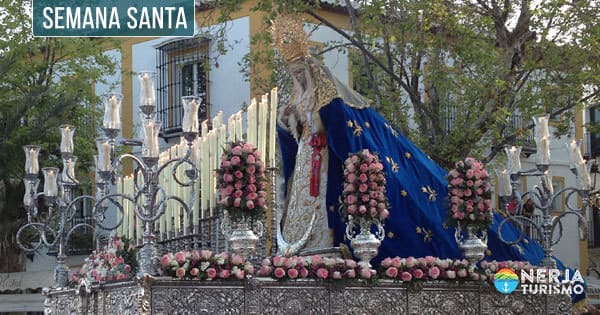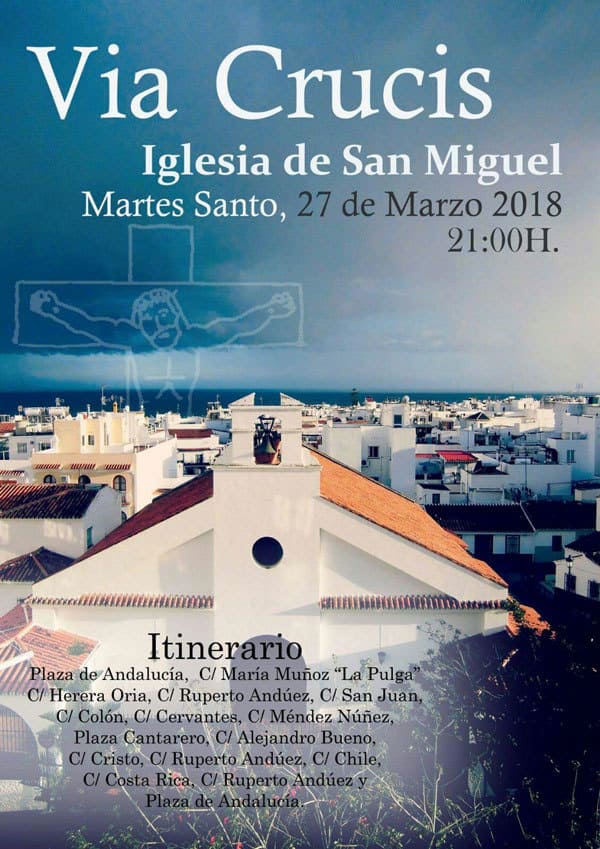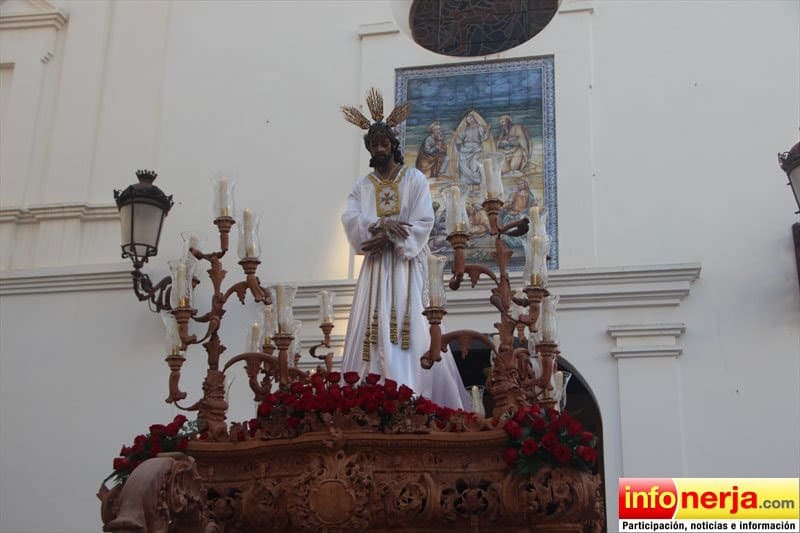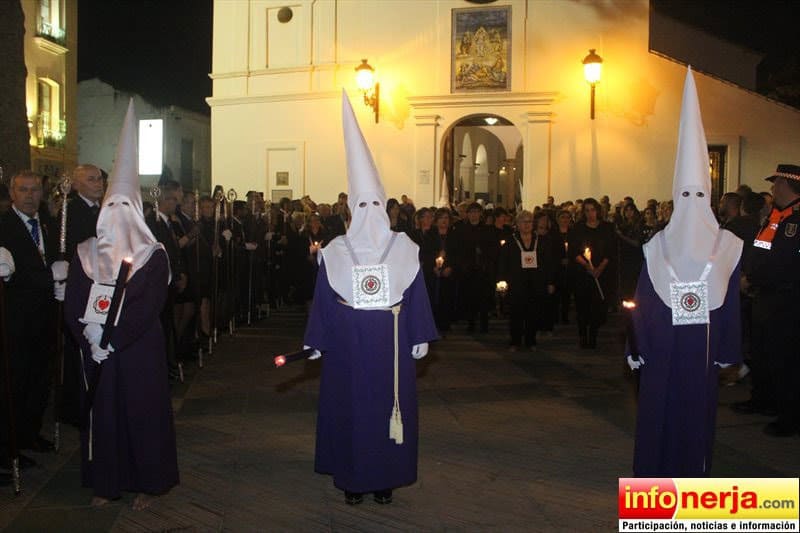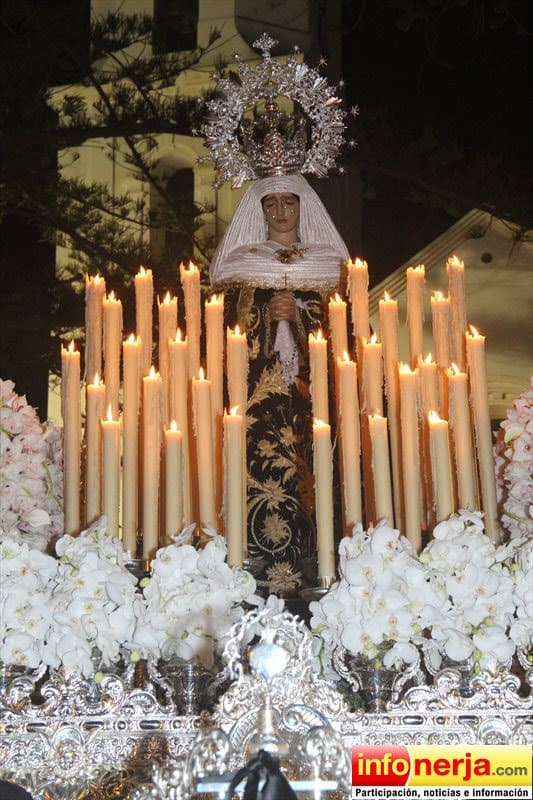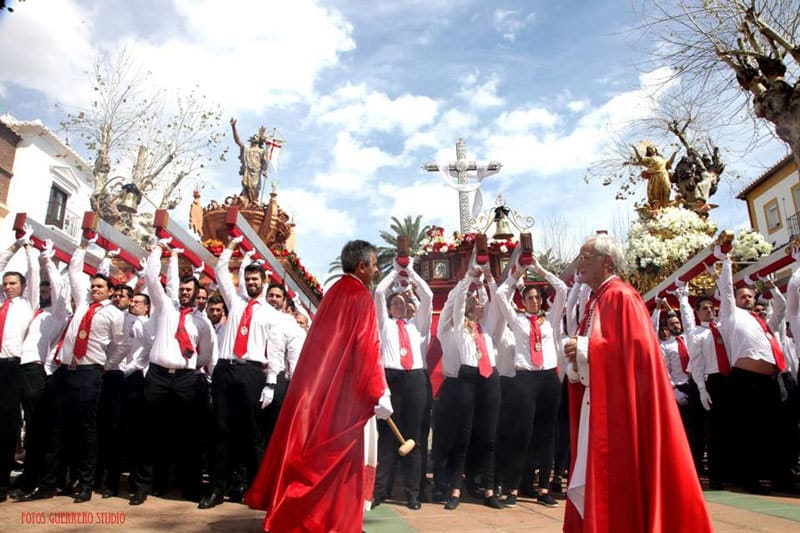With the 1st full moon of Spring, the Semana Santa starts in Nerja and the whole of Spain. This is the reason it is celebrated on different dates every year. Semana Santa is Holy Week and is celebrated the week before Easter Sunday. However, it is celebrated in a very different manner, so forget the Easter eggs and get ready to live a very traditional experience.
Semana Santa in Nerja, as with most of the towns in Andalucia, revolves around liturgical acts. These events clearly represent our Christian traditions and our passion for the resurrection of Christ. The processions are, without a shadow of a doubt, the best way to represent this passion. They are genuinely a must see.
In Nerja, the liturgical acts are celebrated in the following churches:
- San Miguel
- El Salvador
- Ermita de Nuestra Señora de las Angustias
At different times (depending on the church) the liturgical assets are held inside the parish. These assets represent the passion of Christ.
Semana Santa begins on “domingo de ramos” (25-03-2018) and finishes on “domingo de resurreción” (01-04-2018). In English these days are known as Palm Sunday and Resurrection Sunday respectively. Although most of you probably call the latter Easter.
It’s a week full of moments of worship, prayers, processions, and meditation.
A week where the local gastronomy stays highly traditional: fried cod, cod omelettes, chickpea soup, “torrijas”, “pestiños” and “roscos”. These last three are traditional cakes that come in different shapes and sizes, my personal favourite being the “roscos” which are like mini doughnuts made with wine. As you may have noticed, meat is absent from the menu because Christian tradition says that you can’t eat meat on Maundy Thursday, Good Friday or any of the days of passion.




